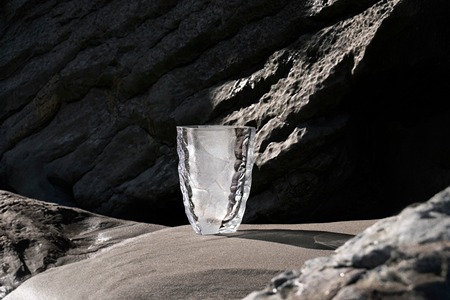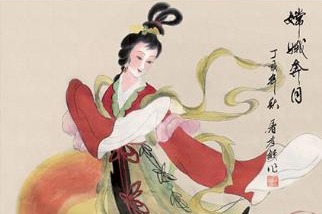Bordeaux's sweet spot


Sweet Bordeaux's silver bullet, irony of ironies, is something called botrytis cinerea, commonly known as noble rot and capable of reducing a potential harvest of 40 hectares to just 18. Sémillon, sauvignon blanc and muscadelle grapes are left on the vine longer than a normal grape, the result of which makes the grapes raisin-like and shrivelled, and covered in a veil of fungus. Sauternes is one of the few regions where contamination happens frequently; in years when it doesn't, the winemakers desist from producing.
Grapes are often picked one by one and winemakers may take batches for harvest each day as they assess their state of noble rot. Some estates harvest the sauvignon blanc as soon as it's ripe to retain its aromatic finesse and acidity in order to produce fresh, more vigorous wines, while producers of heady, fuller-bodied Sauternes wait for the maximum amount of noble rot to set in. The natural concentration and selection process afford miniscule yields; a single vine produces just one to three glasses of this extraordinary wine.
Feared everywhere else, rot is providential and makes sweet Bordeaux, in all its iterations, a wine with extravagant complexity and variety; notes of orange, honey, apricot, peach, grapefruit, tangerine, pineapple, lemon, mango, lychee, cooked apple, ginger, vanilla, acacia blossom, walnut, almond, hazelnut, nutmeg, light and dark crème brûlée, and even saffron can all be evident. Really, no other wine bears such profundity in its sultry and seductive versatility.
So why isn't it more commonly drunk? Sauternes and sweet Bordeaux have endured a curious agony-and-ecstasy of an image problem over the years, as a multitude of preconceptions have built up around the wine's consumption. Among the most commonly misplaced notions are the following: that it's only a dessert wine; that it can only be paired with foie gras, blue cheese and fruit desserts; that it's expensive; that it's wasteful, meaning not everyone wants to finish a bottle once opened; and that its sweetness has made it the preserve of women rather than the red-blooded male.




































